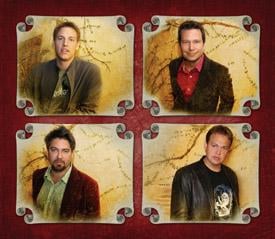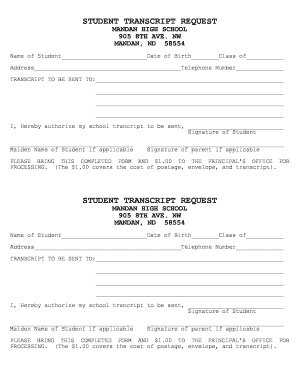Someone You can Love is Nearby. Browse Profiles & Photos of Asian Single Men in Mandan, ND! Join Match.com, the leader in online dating with more dates, more relationships and more marriages than any other dating. Mandan online dating for Mandan singles. 1,500,000 Daily Active Members. Single Divorced Men in Mandan, ND. Looking for love? Search our online dating site for singles in the Peace Garden State of North Dakota. Each year hundreds of thousands of members tell us they found the person they were seeking on our site. New singles in Mandan. Conservative Dating in Mandan, ND. Looking for love? Search our online dating site for singles in the Peace Garden State of North Dakota. Match.com's online dating sites and affiliated businesses span.
Mandan Nd Dealerships
Faith Focused Dating and Relationships. Browse Profiles & Photos of North Dakota Mandan Catholic Men and join CatholicMatch.com, the clear leader in online dating for Catholics with more Catholic singles than any other Catholic dating site.

| Interior of the Hut of the Mandan Chief |
With their Hidatsa friends and neighbors, the Mandan Indians lay at the center of trade along the Upper Missouri River, inhabiting what is now central North Dakota. At the time of Lewis and Clark’s arrival, they lived in two villages, Matootonha and Rooptahee*. Matootonha was located on the western bank of the Missouri, while Rooptahee was directly north, on the river’s eastern bank. The Corps of Discovery reached the Mandan villages in the fall of 1804 and stayed the winter in Fort Mandan, across the river from Matootonha.
In Mandan culture, the village was the focus of political, economic and ceremonial activity. It represented a collective of households, all striving together to better each family, clan and the village itself. A sacred cedar post stood at the center of the Mandan village, symbolizing the tribe’s primary cultural hero. The post was surrounded by an open plaza, and at the north end of the plaza was the village’s primary medicine lodge. Forty or fifty additional lodges populated the plaza. The more powerful a family was, or the more significant that family’s ceremonial duties were, the closer its lodge would be to the center. On average, 10 people lived in each lodge. Throughout most of the year, the Mandans lived in these permanent lodges. But in the winter, to avoid brutal storms, they constructed temporary lodges in wooded, low-lying areas adjacent to the river.
In fields that surrounded the villages, the Mandans grew their harvests. Crops included corn, beans, squash and tobacco. When the fall came, a diversity of Indian tribes and Europeans descended on the Mandan villages, bringing a rich and varied assortment of goods. At the high point of trade, Crees, Cheyennes, Assiniboins, Crows and even enemy Teton Sioux could be counted among the attending delegations. Everything from meat products to horses to musical instruments was exchanged for Mandan corn.
When the Corps of Discovery entered their world in October 1804, the Mandans seemed receptive to the goals of the expedition. Lewis and Clark’s hope for a Mandan peace with the Arikaras and plan to reside nearby for the winter months were accepted and agreed to by the Mandan leaders. Still, in spite of peace talks between the Arikaras and the Mandans that were orchestrated by the expedition, conflict broke out again between the two tribes as winter approached.

Zillow Mandan Nd
In contrast, relations between the Mandans and the Corps were friendly throughout the duration of the expedition’s stay. The Mandans supplied the Americans with food throughout the winter at their newly constructed home, Fort Mandan, in exchange for a steady stream of trade goods. When food became scarce, members of the Corps accompanied the Mandans on a buffalo hunt. Sheheke and Black Cat, chiefs from Matootonha and Roohaptee, met often with Lewis and Clark, and the Corps participated in a host of Mandan ceremonial rituals. As other tribes unfamiliar with black people had been before, the Mandans were mesmerized by the color of York’s skin, and attributed great spiritual power to him because of it.

Dating Guys From Mandan Nd Obituaries

Mandan Nd Homes For Sale
Finally, when spring came, the Mandans bid the expedition farewell as the Americans continued on their way.
*Mispronounced by Lewis and Clark, these villages now are known respectively as Mitutanka and Nuptadi.